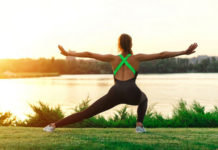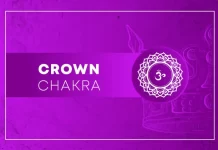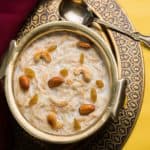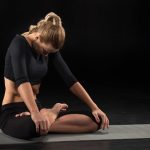Our backs become stiff and tight when we work at a desk or spend a lot of time sitting down. Additionally, the absence of exercise makes the body more rigid and limits its mobility.
It’s time to incorporate yoga into your everyday practice if your back is feeling stiff and unyielding.
The Seated Forward Bend, also known as Paschimottanasana (PASH-ee-moh-tan-AH-Suh-nuh), is one of the most significant postures in all of Hatha Yoga.
It is one of the 15 positions described in the ancient yoga text The Hatha Yoga Pradipika, which dates back to the 15th century. It is present in almost all asana, or postural practice, systems, ranging from passive restorative to active flowing.
Yoga may be a useful tool for athletes looking to gain more flexibility and balance. The findings of this study support this, as yogis showed increased metrics in these two particular components after just 10 weeks!
A vast variety of asanas found in yoga can help your body get rid of this issue. Seated Forward Bend Pose, also known as Paschimottanasana, is one among them. You will learn everything there is to know about Paschimottanasana in this post. Therefore, let’s begin.
Seated Forward Bend Pose: Paschimottanasana
Paschimottanasana is a challenging backbend pose that extends the entire back region of your body, starting at the waist. Your entire body feels less stressed, and your mind is more at ease.
This pose will stretch and relax your entire body when you are feeling fatigued and worn out. Additionally, if your mind is restless, do this asana and you’ll notice a profoundly calming influence on it.
It mainly stretches the following parts of the body.
- Back and core
- Arms and shoulders
- Hips and thighs
- Calves and hamstrings

Hatha Yoga Pradipika Describes Paschimottanasana
The Hatha Yoga Pradipika, which dates back to the 15th century, is where the ancient yoga pose was first recorded. According to Hatha Yoga Pradipika’s Chapter 1 Verse 30,
This verse has sufficient information to describe Paschimottanasana/Sitting Forward Bending Pose’s steps and instructions. Let’s look at the Paschimottanasana guidelines in more detail.
How to Perform Seated Forward Bend Pose

The stretching posture known as Paschimottanasana is simple and easy to do. The steps to doing this asana are as follows.
Preparing the Asana
- First, sit firmly on your sitting bones with a stretched-out spine.
- Keep your legs straight and level on the ground as you extend them out in front of you. The feet should be grouped together with the toes facing upward.
- Place your palms on the floor on either side of your hips, firmly.
- This is the Dandasana or Staff Pose. Here, take a few deep breaths.
Getting into the Asana
There are two ways to enter Paschimottanasana. Let’s examine each one in turn.
Method I
- Grab the toes with your hands as you exhale, maintaining a stretched and straight spine. Let out a couple of breaths now.
- After that, touch the forehead to the knees while extending the trunk forward and bending the elbows.
Method II
- Raise your arms straight over your head, palms facing one another, while you inhale.
- Exhale, then bend forward from the waist while attempting to bring your chin to your toes.
Note- The arms should be straight and keep stretching the spine.
- Put your hands on your toes and, if you can, rest your forehead on your shins or knees.
From here, the further process remains the same in both methods.
Note- Try to Lengthen the spine as much as possible and touch the belly to the thighs. Do not worry if your knees are slightly lifted off the ground. It is totally normal.
Paschimottanasana is divided into three categories based on the hand position on the toes: Paschimottanasana A, Paschimottanasana B, and Paschimottanasana C. Let’s examine each one in turn.
-
1. Paschimottanasana A
You must hold your left and right big toes with the first two fingers of your respective hands in Paschimottasana A. In this position, you must flex your elbows and rest them on the ground. After that, touch your knees with your forehead.
-
2. Paschimottanasana B
You grasp the soles of the feet in Paschimottanasana B with the appropriate hand, either from the sides of the feet or over the toes. Put your forehead on your knees after that.
-
3. Paschimottanasana C
In Paschimottanasana C, you need to reach beyond the extended feet and grip the right hand’s wrist or palm with the left hand (or vice versa). Next, lay your forehead against your thighs or shins.
These three categories are challenging in escalating order. Start with assuming Paschimottanasana A. Go for Paschimottanasana B when you feel comfortable doing so. then attempt Paschimottanasana C when you find it easy as well.
- After getting into any of these categories, breathe deeply and bring your awareness to the flow of prana.
Hold this position for 30 seconds to 5 minutes, breathing evenly.
Releasing the Asana
- After finishing, inhale slowly and deeply. As you breathe in, release your grasp on the handles and sit down.
- After that, let out a breath and let your body relax, dropping your arms.
Beginner’s tips
- You might not be able to place your forehead on your knees and touch your hands with your toes at first. Therefore, don’t worry about it since it is common at first. Simply extend as much as you can while maintaining a straight spine.
- Also, if you are unable to touch your toes, gently rest your arms on your shins or above your ankles while stretching your back.
- Beginners can use their partner or instructor to push their backs, allowing them to extend their backs more.
- To increase comfort, place a folded blanket under your hips.
- If a beginner is unable to stretch their body forward, they can utilize a yoga strap. Simply wrap the strap around the feet and hold it in place. After that, pull it to extend your back.
- Perform it for brief intervals at first, such as 30 to 60 seconds, and then progressively lengthen it.
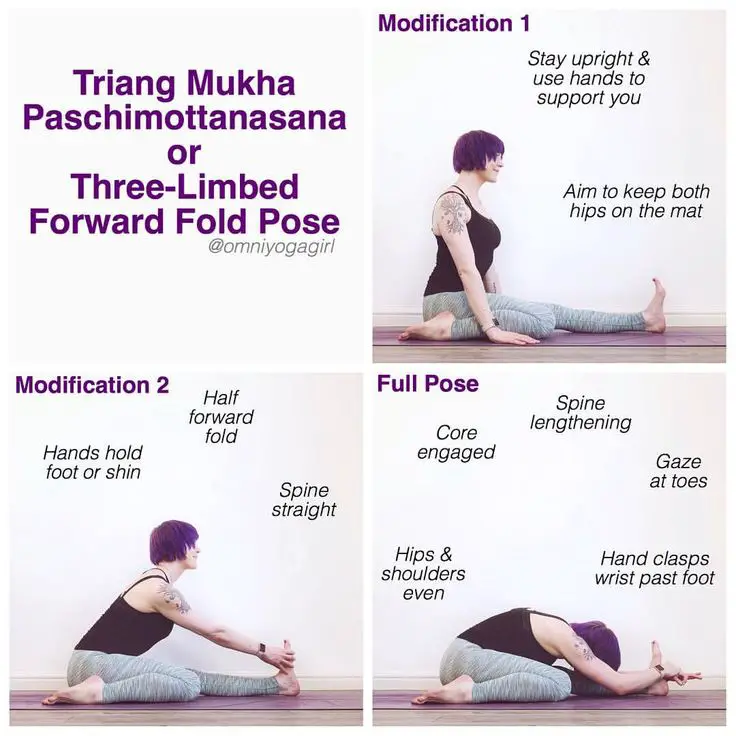
Precautions and Contraindications
- Do not bend beyond what your body is capable of. Your body should be stretched and bent to the best of your ability. You risk injury if you stretch too far.
- Since it is a forward bend, your stomach must be engaged. Therefore, only perform it on an empty stomach.
- Paschimottanasana should not be done if you have a sliding disc, spondylitis, or a hernia.
- This pose should not be done by pregnant women since it exerts pressure on the pelvis and part of the abdomen. It is detrimental to the fetus’s health.
- Do not execute this asana if you have a recent or severe injury to your knees, thighs, arms, spine, or shoulders.
Paschimottanasana for Increasing the Height
Paschimottanasana is a fantastic exercise choice if you’re seeking something that might help you get taller. By the age of 21, you can easily grow your height, and in many cases, height continues to rise even after this age.
In general, posture and height go hand in hand, and yoga asanas are all about posture. This asana’s body posture stretches all the muscles that primarily affect your height, including your spine, legs, and calves.
In this pose, your spinal columns are growing as you stretch your body. Additionally, you are stretching the thigh and calf muscles in the lower body. The muscles in these places become longer and stronger as a result of this strain.
As a result, this pose gradually raises your height.
Bottom Line
Yoga’s Paschimottanasana, which is suitable for beginners, has a number of physical and mental advantages. This position strengthens the back, stretches the hamstrings, and gets the body ready for meditation.
Additionally, it promotes digestion and appetite, fights obesity, eases menstrual discomfort, and promotes reflection and self-awareness. All levels of students can benefit from Paschimottanasana, which can be modified to fit each student’s requirements and skills. We may simply get into this stance and benefit from its many advantages by taking a few slow, deep breaths.
Benefits of Seated Foreward Bend Pose
Your entire body will be stretched out and become more flexible with this asana. It gives the body a beautiful shape and posture.
Chapter 1 Verse 31 of Hatha Yoga Pradipika says,
Iti paśchimatānamāsanāghryaṃ, pavanaṃ paśchima-vāhinaṃ karoti |
udayaṃ jaṭharānalasya kuryād, udare kārśyamaroghatāṃ cha puṃsām ||
It means,
This Paśchima Tâna carries the air from the front to the back part of the body. It kindles gastric fire, reduces obesity, and cures all diseases in men.
The benefits of Paschimottanasana can be understood from one verse alone. In the list that follows, let’s talk about them in more detail.
- All the muscles surrounding the spine are stretched, and the spinal columns’ blood flow is improved. As a result, it keeps the spine strong, flexible, and healthy.
- Additionally, it makes the back more mobile and eliminates all of its stiffness.
- The pose known as Paschimottanasana stretches the abdominal muscles. It promotes the operation of internal organs such as the pancreas, intestines, liver, kidneys, and endocrine glands by massaging them. As a result, the metabolism and digestive system both benefit.
- Patients with diabetes and those who have weak kidneys or livers will benefit most from this. It also worked and exercised the muscles in the abdomen. Thus, the abdominal area’s extra fat is removed.
- The muscles in the pelvis are massaged and toned by this pose. The reproductive organs remain healthy as a result.
- This pose also supports women during menopause and their menstrual cycles.
- Foreward Bend seated The muscles in the hips, hamstrings, thighs, and legs are stretched during the pose. The muscles in these places are toned by this stretching. Additionally, this pose gives the leg a nice overall shape.
- It helps to increase the flexibility and mobility of the shoulders and arms by stretching the muscles in those areas.
- More oxygen reaches the brain thanks to this asana. This enhances mood, supports brain function generally, and eliminates negative emotions like rage, melancholy, tension, etc.
Also, it calms the mind and removes its restlessness.

